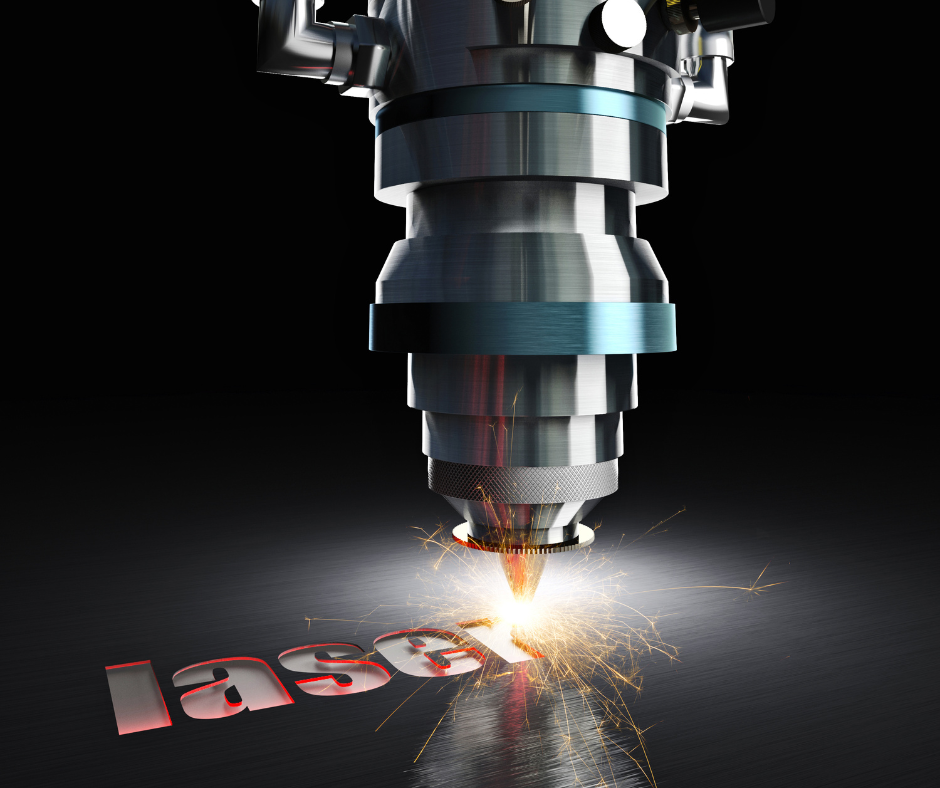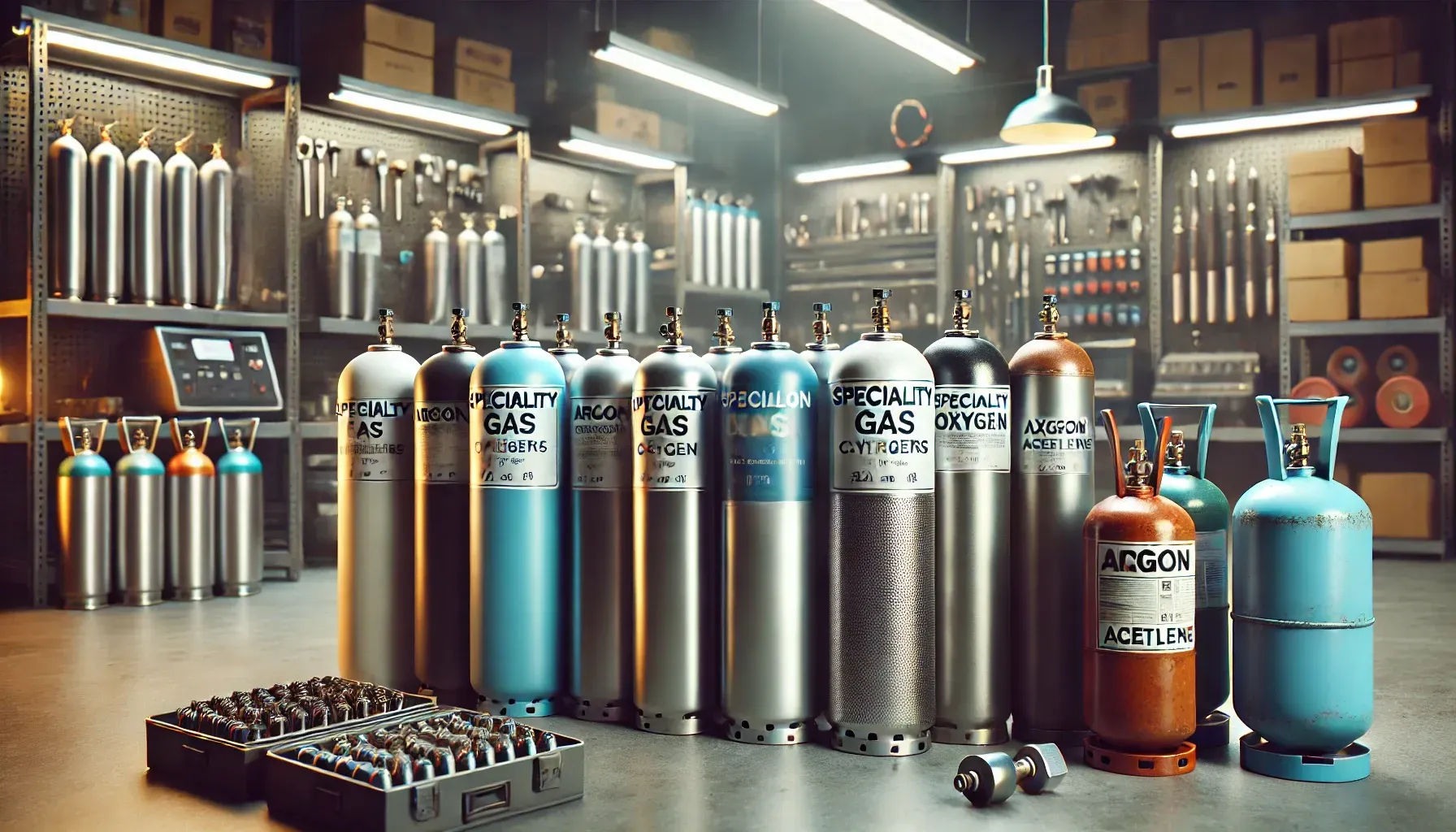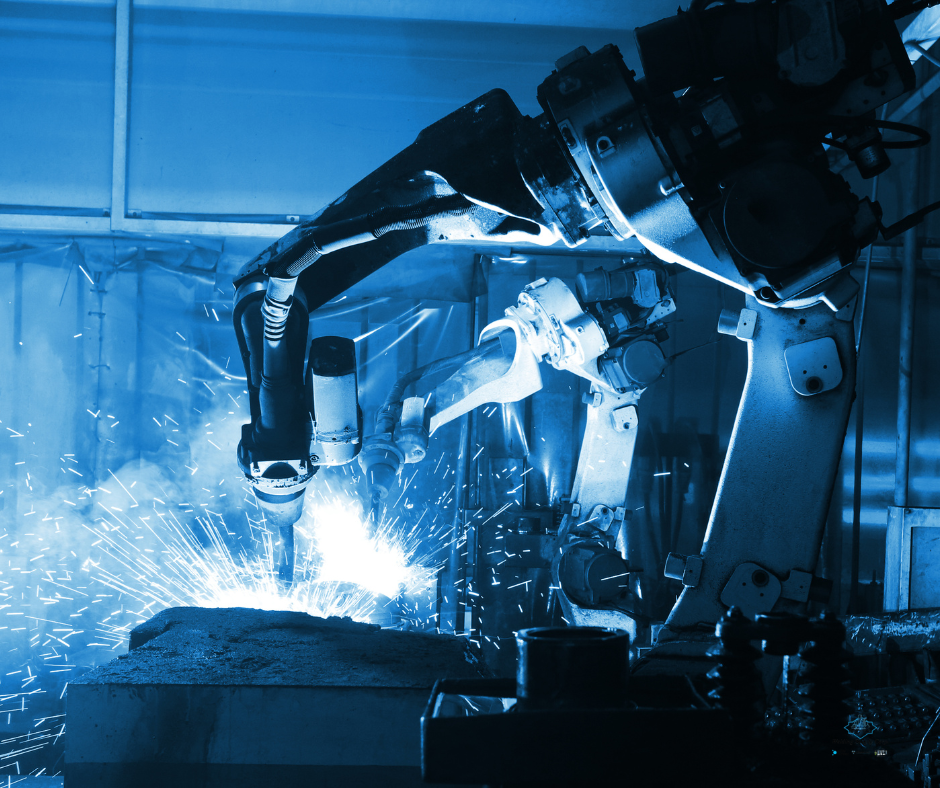What Are Cryogenic Gases? Understanding Their Uses and Safety
Introduction to Cryogenic Gases

Cryogenic gases are gases that are stored and transported at extremely low temperatures, typically below -150°C (-238°F). At these temperatures, these gases exist in a liquid state and are used in various industrial, medical, and scientific applications. Their unique properties make them indispensable in fields ranging from healthcare to aerospace. This article will explore what cryogenic gases are, how they are used, and the safety considerations associated with handling them.
Defining Cryogenic Gases
Cryogenic gases are gases that have been cooled to very low temperatures, turning them into liquids. Common examples of cryogenic gases include liquid nitrogen, liquid oxygen, liquid helium, and liquid hydrogen. These gases are typically stored in specialized cryogenic tanks that can maintain the necessary low temperatures to keep them in a liquid state.
Common Types of Cryogenic Gases
Here are some of the most commonly used cryogenic gases and their applications:
- Liquid Nitrogen (LN2)
- Properties: Colorless, odorless, and non-flammable. Boils at -196°C (-320°F).
- Uses: Widely used in cryopreservation, food freezing, and in cryotherapy for removing warts and skin lesions.
- Liquid Oxygen (LOx)
- Properties: Pale blue, highly reactive, and supports combustion. Boils at -183°C (-297°F).
- Uses: Used in medical applications for oxygen therapy, in metal cutting, and in rocket propulsion systems.
- Liquid Helium
- Properties: Colorless, odorless, and non-flammable. Boils at -269°C (-452°F), making it the coldest of all cryogenic liquids.
- Uses: Essential in cooling superconducting magnets in MRI machines and in scientific research for low-temperature experiments.
- Liquid Hydrogen
- Properties: Colorless, odorless, and highly flammable. Boils at -253°C (-423°F).
- Uses: Primarily used as a fuel in rocket propulsion and as a coolant in various scientific applications.
Applications of Cryogenic Gases
Cryogenic gases are utilized in a wide range of industries due to their unique properties:
- Healthcare
- Cryopreservation: Liquid nitrogen is used to preserve biological samples, such as blood, sperm, and embryos, by freezing them at ultra-low temperatures.
- Medical Treatments: Cryotherapy, which uses liquid nitrogen, is a common treatment for skin conditions and in some surgical procedures.
- Food and Beverage
- Food Freezing: Liquid nitrogen is used to rapidly freeze food products, preserving their quality and extending shelf life.
- Beverage Carbonation: Carbon dioxide, another cryogenic gas, is used in the carbonation process for soft drinks and other beverages.
- Aerospace and Defense
- Rocket Propulsion: Liquid oxygen and liquid hydrogen are key components in rocket fuels, providing the necessary thrust for space exploration.
- Cryogenic Cooling: Used in cooling sensors and instruments in satellites and other space technology.
- Manufacturing and Industrial Processes
- Metal Cutting and Welding: Liquid oxygen is used to support combustion in cutting and welding processes, enhancing efficiency and precision.
- Cryogenic Grinding: Liquid nitrogen is used in the grinding process to make materials brittle, allowing for finer and more consistent particle sizes.
- Scientific Research
- Superconductivity: Liquid helium is crucial for cooling superconducting magnets used in MRI machines and other scientific instruments.
- Low-Temperature Physics: Research in areas such as quantum mechanics often requires the use of cryogenic gases to achieve ultra-low temperatures.
Properties of Cryogenic Gases
Cryogenic gases have unique properties that make them suitable for specialized applications:
- Extremely Low Temperatures: Cryogenic gases are stored at temperatures far below the freezing point of water, which allows them to be used in processes that require ultra-cold environments.
- High Density: In their liquid state, cryogenic gases are much denser than in their gaseous state, allowing for efficient storage and transport.
- Expansive Potential: When cryogenic liquids are exposed to higher temperatures, they rapidly expand into gas, sometimes increasing in volume by up to 700 times.
Safety Considerations for Handling Cryogenic Gases
Handling cryogenic gases requires strict safety protocols due to their extremely low temperatures and potential hazards:
- Frostbite and Cold Burns
- Direct contact with cryogenic liquids can cause severe frostbite or cold burns. Always wear insulated gloves and face protection when handling these substances.
- Asphyxiation Risks
- Cryogenic gases can displace oxygen in the air, leading to asphyxiation, especially in confined spaces. Ensure proper ventilation in areas where cryogenic gases are stored or used.
- Pressure Hazards
- As cryogenic liquids warm and turn back into gas, they expand rapidly, which can lead to dangerous pressure buildup in containers. Use pressure relief devices on all cryogenic storage vessels.
- Material Compatibility
- Not all materials can withstand the extreme cold of cryogenic gases. Ensure that all equipment and containers are made from materials that can tolerate low temperatures without becoming brittle.
- Fire and Explosion Risks
- Some cryogenic gases, like liquid oxygen and liquid hydrogen, are highly reactive or flammable. Store and handle these gases away from heat sources and open flames, and ensure all equipment is properly grounded to prevent static discharge.
Storage and Transportation of Cryogenic Gases
Cryogenic gases must be stored and transported in specialized containers to maintain their low temperatures and prevent hazards:
- Dewar Flasks: Insulated containers designed to store cryogenic liquids for short periods. They allow for safe handling and pouring of small quantities.
- Cryogenic Tanks: Large, vacuum-insulated tanks used for storing and transporting cryogenic gases in bulk. These tanks are equipped with safety valves and pressure relief systems.
- Cryogenic Trailers: Used for transporting cryogenic gases over long distances. These trailers are designed to maintain low temperatures and prevent pressure buildup.
Environmental Impact of Cryogenic Gases
The production and use of cryogenic gases have environmental implications:
- Energy Consumption: The production and storage of cryogenic gases require significant amounts of energy, particularly in cooling processes.
- Greenhouse Gas Emissions: Some cryogenic gases, such as liquid hydrogen, are associated with lower greenhouse gas emissions when used as fuel, contributing to cleaner energy solutions.
- Sustainable Practices: Advances in technology are making the production and use of cryogenic gases more energy-efficient, reducing their environmental impact.
Future Trends in Cryogenic Gas Applications
As technology evolves, new applications for cryogenic gases are emerging:
- Renewable Energy Storage: Cryogenic gases like liquid air are being explored for use in energy storage systems, offering a way to store excess energy generated from renewable sources.
- Advanced Medical Treatments: Research into cryogenic therapies is expanding, with potential applications in cancer treatment and organ preservation.
- Quantum Computing: Cryogenic gases are essential for cooling the qubits in quantum computers, enabling more powerful and efficient computing systems.
Conclusion
Cryogenic gases are vital to a wide range of industries, from healthcare to aerospace, offering unique properties that make them indispensable for specific applications. However, their use requires careful handling and adherence to safety protocols due to their extreme cold and expansive potential. As technology continues to advance, the role of cryogenic gases is expected to grow, opening new possibilities in science, industry, and medicine.
For over 80 years, Metro Welding Supply Corp has been the trusted partner for businesses across Southeast Michigan, delivering high-quality welding supplies, specialty gases, and exceptional customer service. Whether you’re in construction, manufacturing, or healthcare, we have the products and expertise to meet your needs. Our team is committed to providing reliable solutions that keep your operations running smoothly. Contact us today at 313-834-1660 or via email at sales@metrowelding.com to learn how we can support your business with the best in welding supplies and specialty gases.
Frequently Asked Questions
What are cryogenic gases used for?
Cryogenic gases are used in various industries, including healthcare, food processing, aerospace, and scientific research, for applications that require extremely low temperatures.
How are cryogenic gases stored?
Cryogenic gases are stored in specialized containers such as Dewar flasks and cryogenic tanks, which are designed to maintain low temperatures and prevent pressure buildup.
What safety precautions are necessary when handling cryogenic gases?
Safety precautions include wearing protective gear, ensuring proper ventilation, using pressure relief devices, and storing gases in compatible materials to prevent frostbite, asphyxiation, and pressure hazards.
Why is liquid helium important in medicine?
Liquid helium is used to cool superconducting magnets in MRI machines, which are essential for high-resolution imaging in medical diagnostics.
What future applications are there for cryogenic gases?
Future applications include renewable energy storage, advanced medical treatments, and cooling systems for quantum computing.
Ready to work with Metro Welding Supply Corp.?
Let's connect! We’re here to help.
Send us a message and we’ll be in touch.
Or give us a call today at 313-834-1660
Agency Contact Form
More Industry Tips, Tricks & Tools...
Industry Insights (i2)











